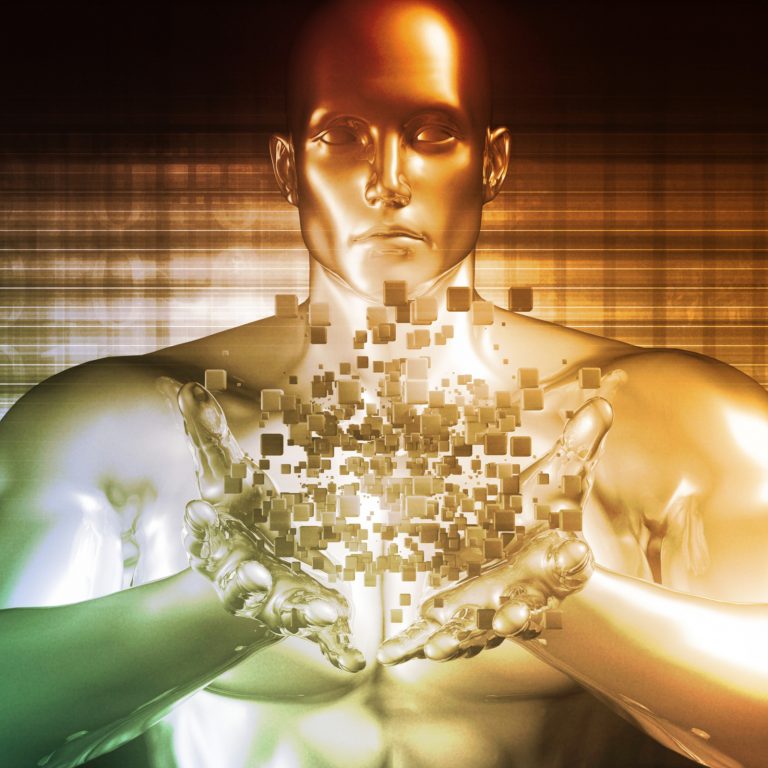
This article about the DApp Revolution was written by Heidi Yu. Heidi is a serial entrepreneur, influencer, marketing evangelist, and AI enthusiast. Heidi founded BOOSTO.io, a decentralized app store that returns power to creators and makers.
If you can dream it, a decentralized application can do it. According to a report from UK market intelligence firm Juniper Research, there will be “a significant expansion” in the implementation of blockchain-based DApps within the next year. The adoption is happening fast, and it behooves us all to familiarize ourselves with this revolutionary technology.
Also read: Under the Tent: A Look at the Latest Openbazaar Marketplace Software
Windsor Holden of Juniper predicted in Forbes earlier this year that users should be able to download dApps to their Androids or iPhones by the end of the year. So what are dApps and how do they work?
Blockchain Technology and DApps, in a Nutshell
In order to gain an understanding of dApps, it is first necessary to have some knowledge about blockchain technology, the technology that underlies decentralized applications. If you aren’t already an authority on the actual crypto backbone, here’s a lightning fast crash course.
The blockchain is simply an immutable ledger of records that is organized into “blocks” stored on a decentralized network of computers instead of in one location like on a conventional centralized database. Strategist and blockchain specialist William Mougayar explains this using Google Docs as a comparison: “With Google Docs (or Google Sheets), both parties have access to the same document at the same time, and the single version of that document is always visible to both of them. It is like a shared ledger, but it is a shared document. The distributed part comes



